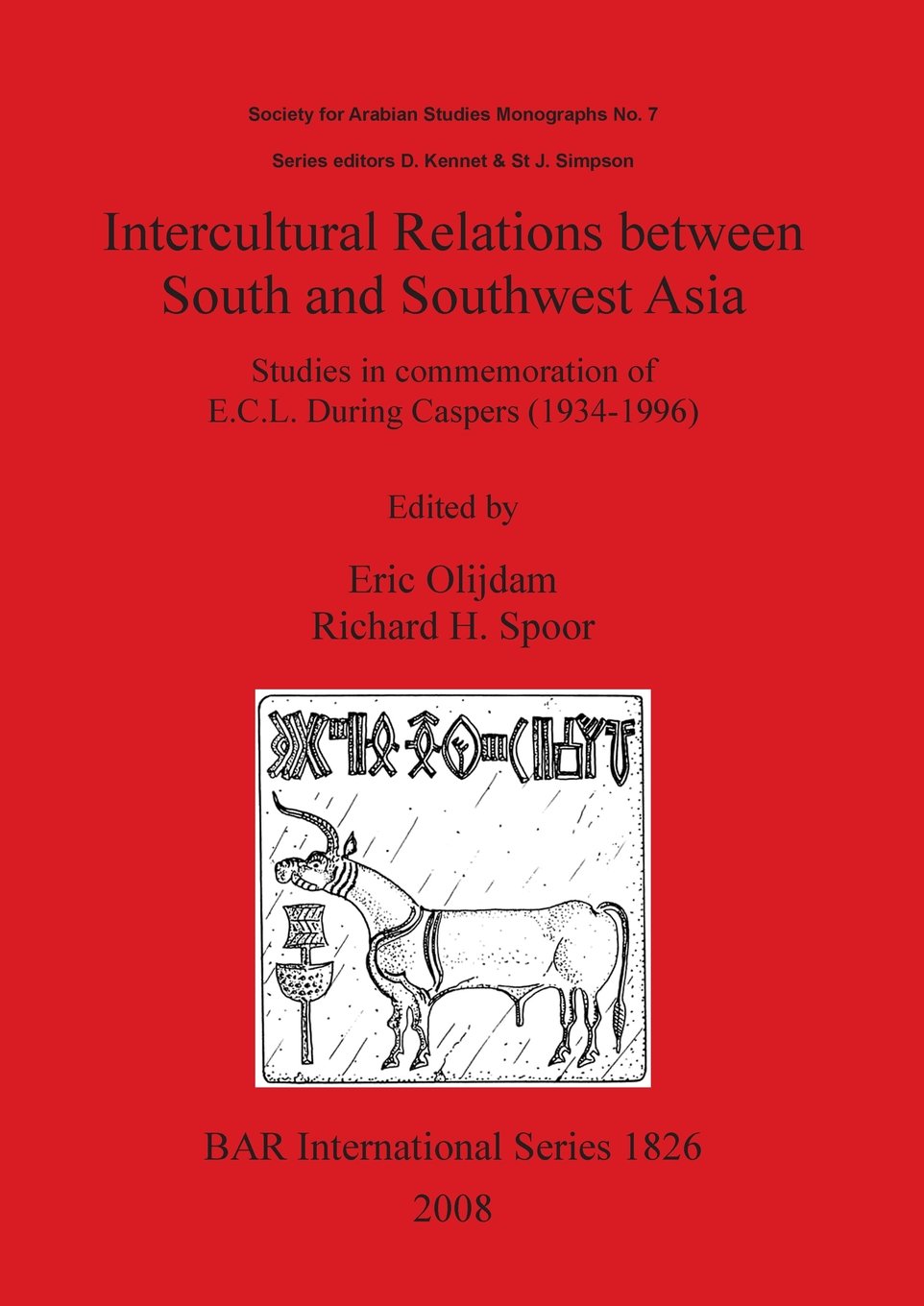Publications
From Another World! A Possible Buyid Origin of the Decorated Mihrab of Central Oman?
Bandyopadhyay, S., 2007. From Another World! A Possible Buyid Origin of the Decorated Mihrab of Central Oman? In E. Olijdam & R. H. Spoor (eds.), Intercultural Relations between South and Southeast Asia, pp.372-382. Oxford: Archaeopress.
About the Book
This paper is an attempt to search for the origins of the introduction of decorated miḥrābs into central Oman and to extend such exploration into a brief speculation on aspects of its iconographic content. The appearance and subsequent survival of such a decorative tradition in central Oman, unique in many respects in peninsular Arabia, becomes interesting in view of the prevalent Ibāḍī ideals, which strove for simplicity and austerity in their mosques. Kervran, in her detailed work on the 16th century Omani miḥrābs, while concluding that these were clearly influenced by the Saljūq and Mongol Iranian designs of the 10th to 14th centuries, wondered why the Omani artisans continued employing such “out-of-date Iranian models”. She goes on to suggest, “The explanation may be that these sculptors reproduced the miḥrābs they used to have in their own mosques, which were strongly influenced, at the moment of their construction, by Iranian artists” (Kervran 1996: 109). While there is clear evidence, as Kervran rightly suggests, of some Saljūq Iranian influence on the art, I intend to argue that a much earlier, but nevertheless Iranian, influence was at work, which reacted with a more indigenous/peninsular architectonic language. The argument, by piecing together fragments of historical material from various sources, will stress the Būyid period’s probable role in the introduction of the art form from Iran through the entrepot of Ṣuḥār, then enjoying the most successful periods of her existence as a truly cosmopolitan port and a place of cultural exchange. The Būyid kings of Fārs were interested in and claimed inheritance to both the Islamic and the pre-Islamic Persian culture and sought to establish a division of power between the caliphate and the monarchy. Their Nabāhina vassals in Ṣuḥār, over the long period of association, imbibed this culture and role as temporal rulers which fitted in well with their long established tribal relationship with the Yaḥmad whose prerogative it had become to hold the post of the Imām. Finally, a brief analysis of the iconographic content of some of the motifs used in the decorative vocabulary will be undertaken. In working with such a vocabulary the Omani designers and artisans were at least partially aware of the resurrected Sasanian as well as the emerging mystical (especially Sūfī) traditions that were influencing Islamic art in Iran. This suggests an almost surreptitious entry of views far removed from the austere clarity of the Ibāḍī maḍḥab. However, by the 4th century A.H./10th century A.D., such mystical traditions were not confined to Iran alone and had already spread across Arabia; the Ibāḍīs did not remain immune from such influences.

| Author(s) | Soumyen Bandyopadhyay |
| Country | United Kingdom |
| Language | English |
| Subject | Architecture |
| Area covered | Oman |
| Publisher | Archaeopress, Publishers of British Archaeological Reports |
| Publication date | 2007 |
| Type | Book Chapter |
| Pages | 372-382 |
| ISBN | 978 1 4073 0312 3 |
